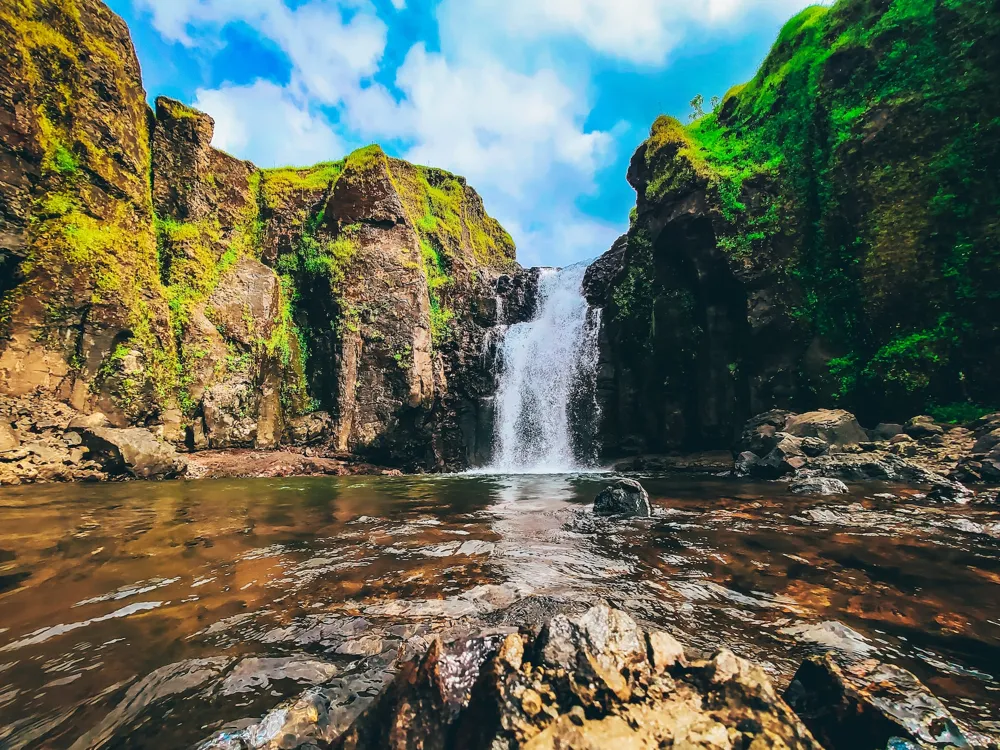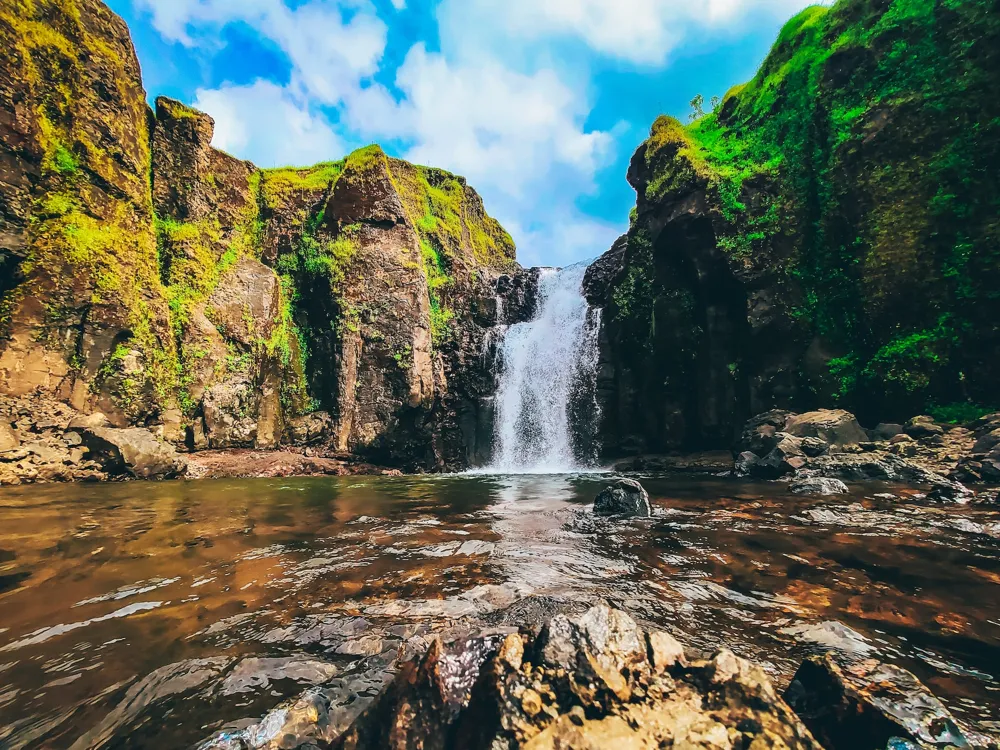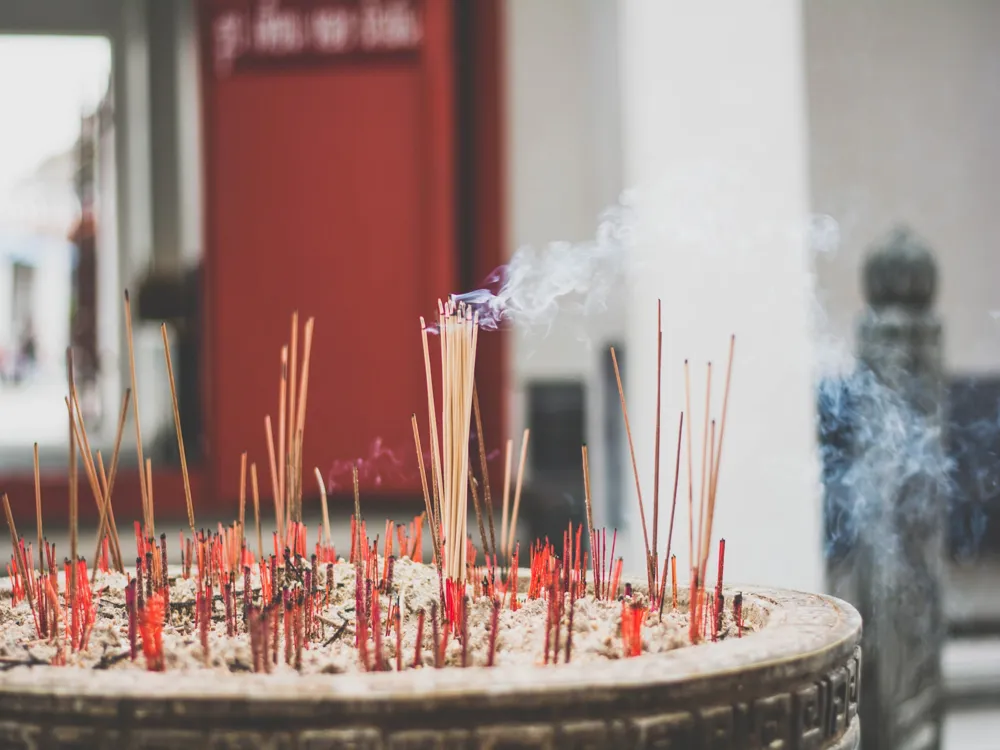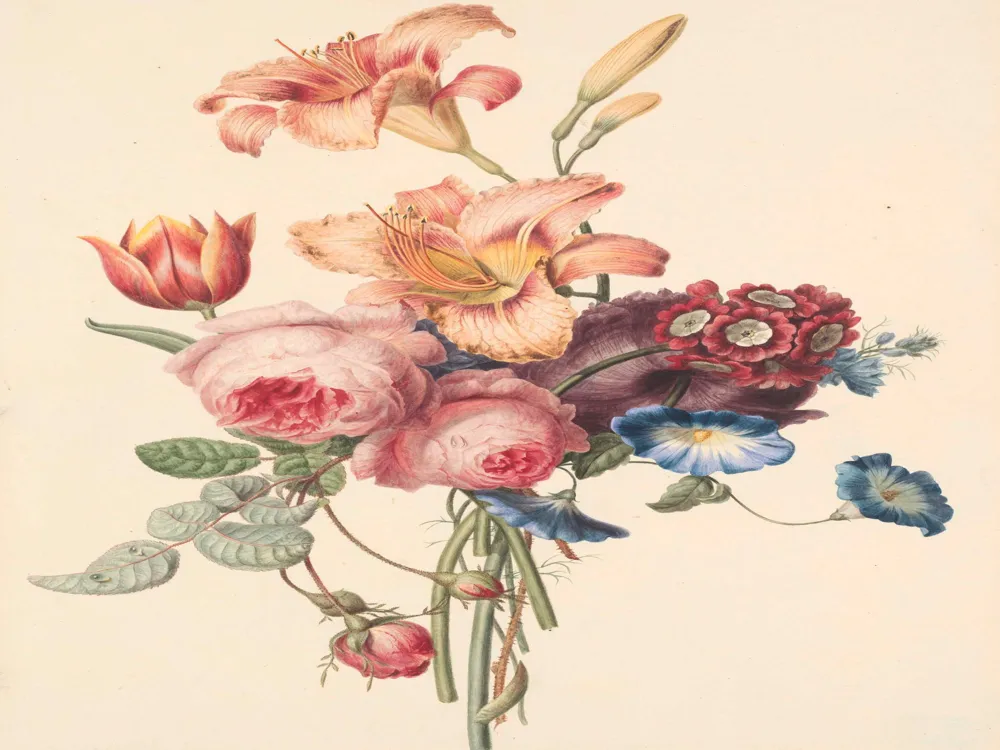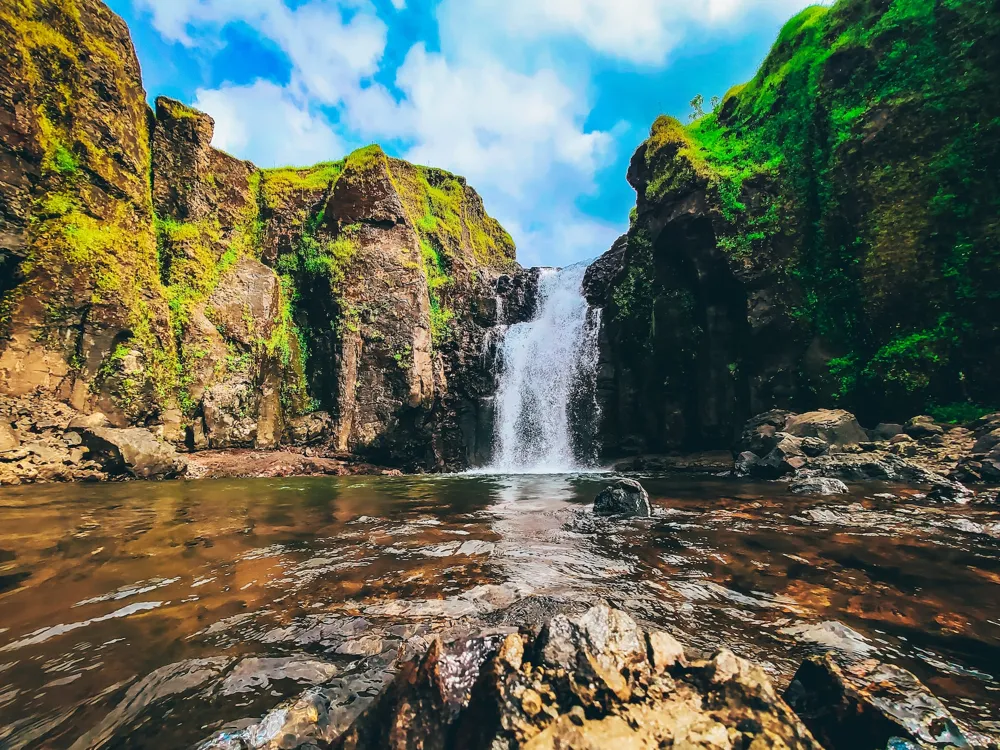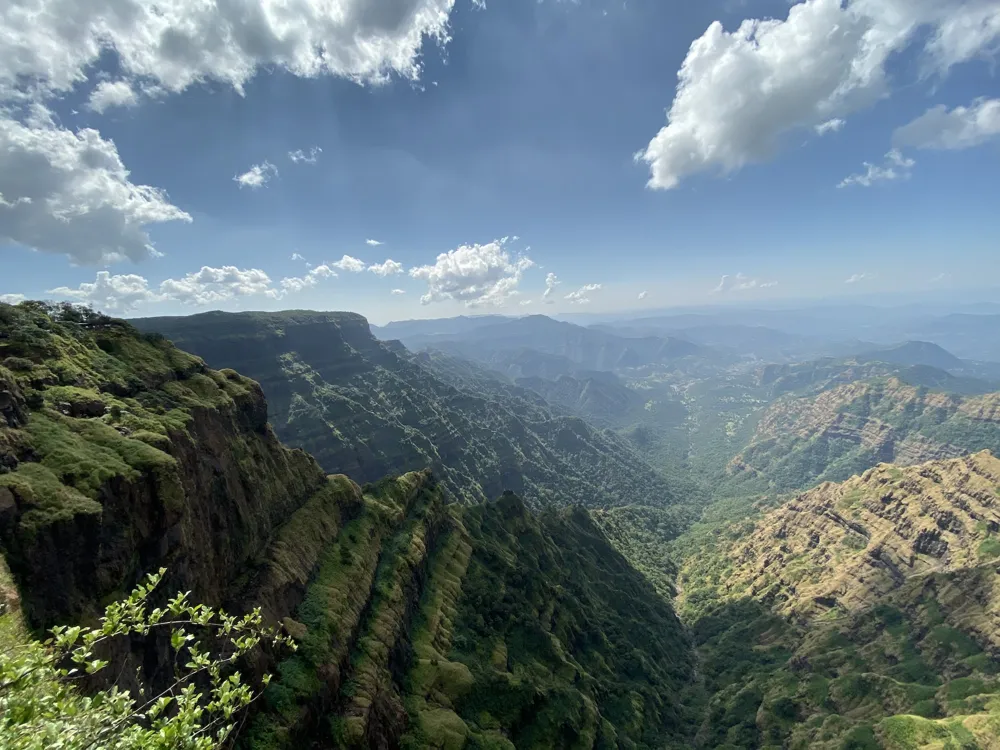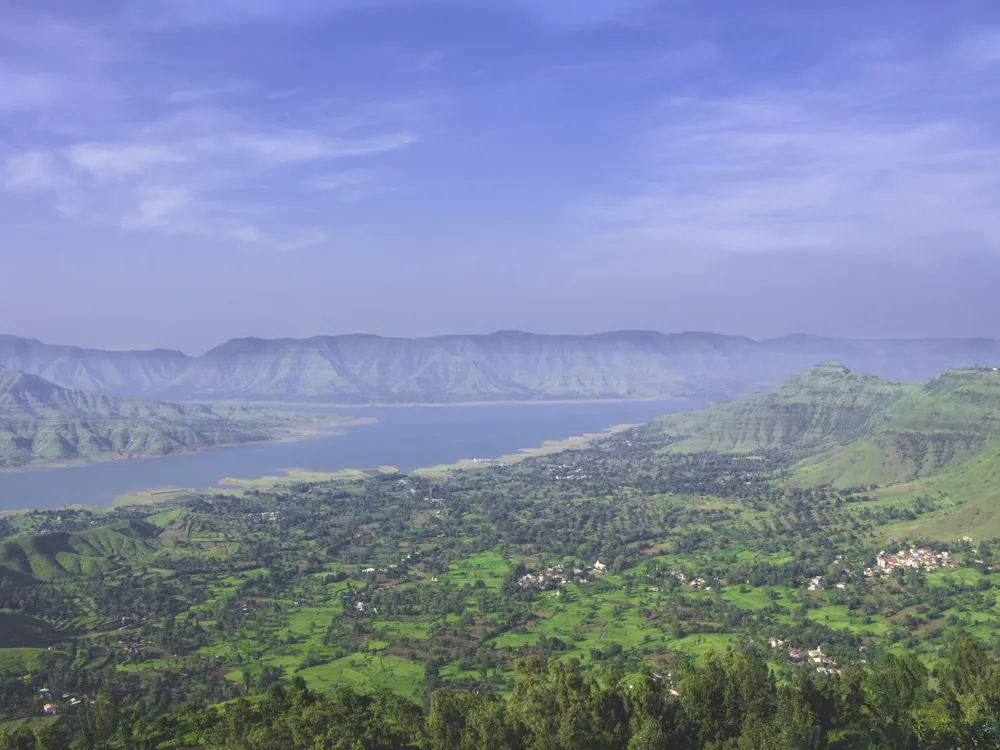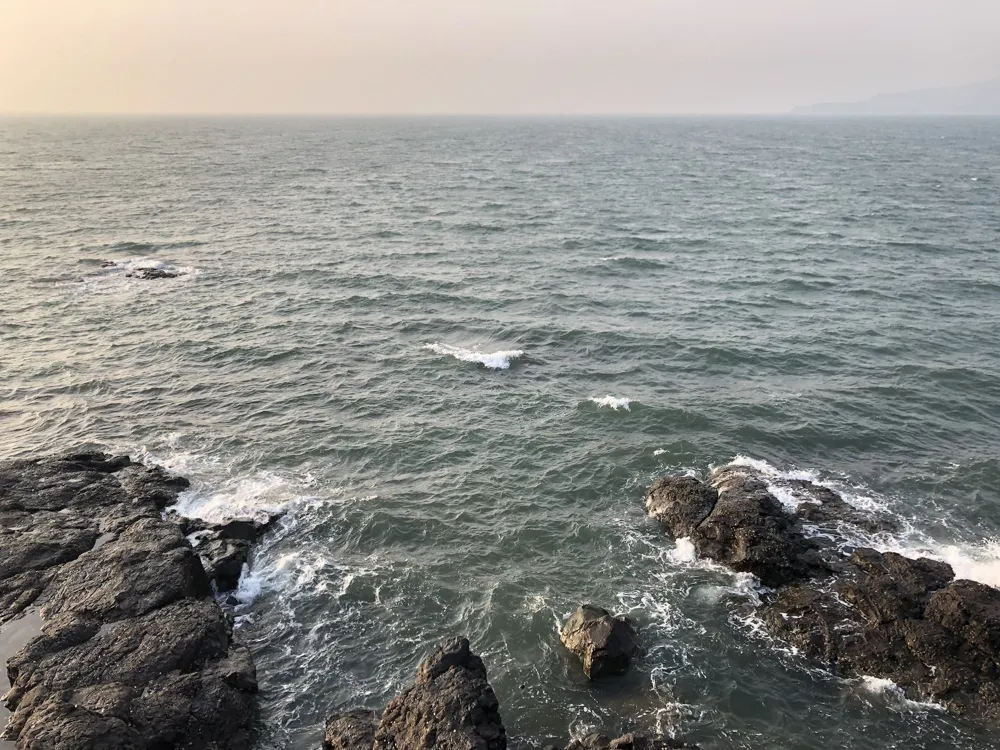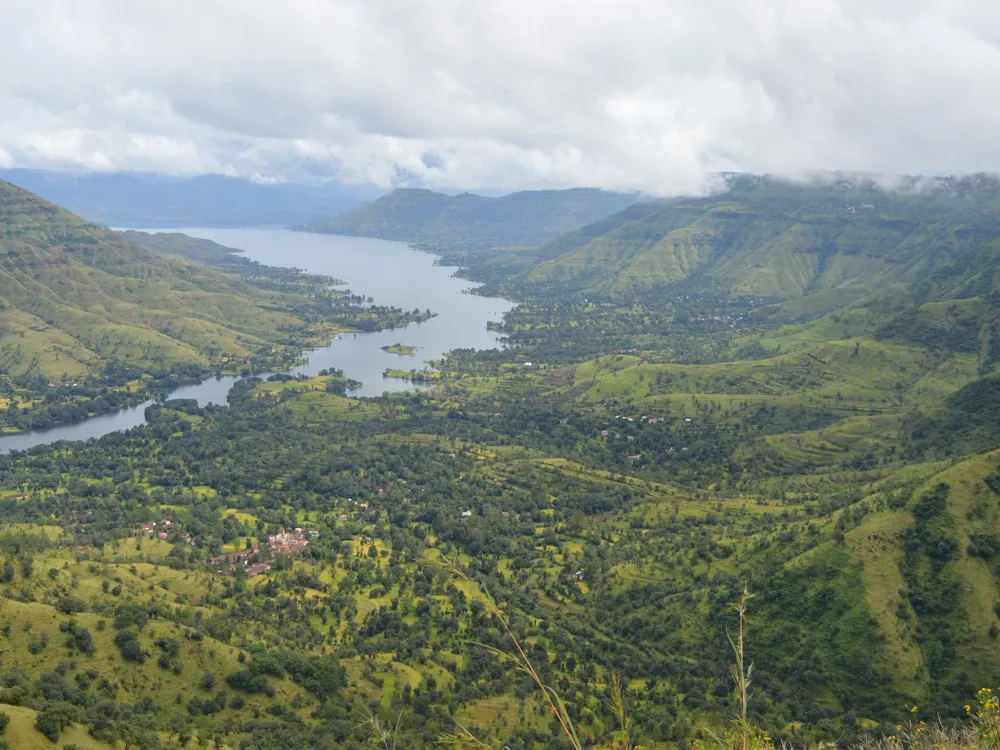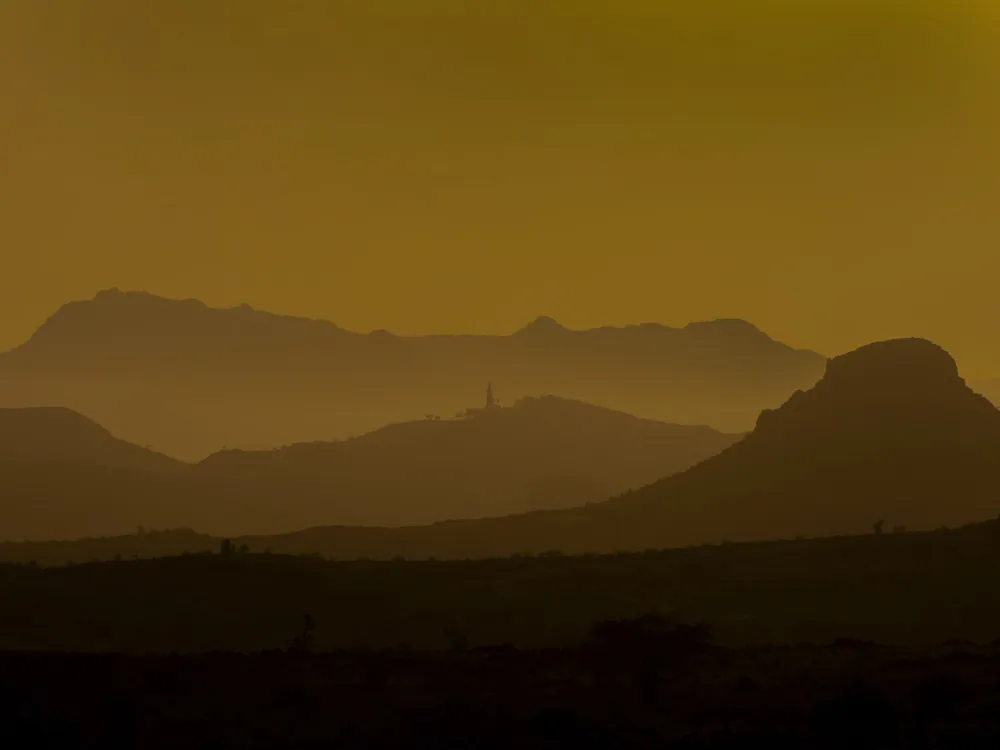The Sagareshwar Deer Sanctuary, nestled in the picturesque landscape of Kolhapur in Maharashtra, is a unique wildlife haven. This sanctuary is renowned for its population of Indian Deer, also known as Chital, and presents an idyllic retreat for nature lovers and wildlife enthusiasts. Covering a modest area, the sanctuary is part of the larger Sagareshwar Wildlife Sanctuary, which is a protected area comprising a variety of flora and fauna. The region's topography is marked by undulating hills and dense forests, providing a natural habitat for a diverse range of wildlife species. The origin of the Sagareshwar Deer Sanctuary dates back to the efforts of the local community and the forest department to protect and conserve wildlife. The sanctuary's establishment has played a significant role in preserving the local ecosystem and promoting biodiversity. Visitors to the sanctuary are greeted by the sight of deer in their natural habitat, alongside other species such as wild boar, peacocks, and numerous birds. The sanctuary's flora is equally impressive, featuring a mix of southern dry mixed deciduous forest and semi-evergreen thickets. The region's climate is typically tropical, with distinct wet and dry seasons. The monsoon season brings lush greenery and rejuvenates the water sources within the sanctuary, creating a vibrant and dynamic environment. The winter months offer a pleasant and cool climate, ideal for wildlife viewing and exploration. Overall, the Sagareshwar Deer Sanctuary stands as a testament to the beauty and diversity of Maharashtra's natural heritage, offering a serene and enriching experience to all who visit. The architectural aspect of Sagareshwar Deer Sanctuary is as intriguing as its natural beauty. While the sanctuary itself is predominantly a natural habitat, the surrounding structures and facilities are designed to blend seamlessly with the environment. The use of local materials in the construction of observation points, walking trails, and resting areas ensures minimal impact on the natural surroundings. These structures are rustic yet functional, offering visitors a comfortable vantage point to observe wildlife without disturbing the ecosystem. The design philosophy behind the sanctuary's architecture is centered on sustainability and eco-friendliness. Solar panels are used for power generation, reducing reliance on non-renewable energy sources. Water harvesting systems are implemented to conserve water, a crucial resource in the region's dry months. The use of natural light and ventilation in buildings reduces the need for artificial lighting and air conditioning, further minimizing the ecological footprint. The visitor center at the sanctuary is a hub of information, designed to educate and inform visitors about the local wildlife and conservation efforts. Interactive displays, informative panels, and guided tours offer an immersive experience. The architecture of this center is a blend of traditional and modern design, reflecting the sanctuary's commitment to preserving cultural heritage while embracing contemporary environmental practices. Overall, the architecture of Sagareshwar Deer Sanctuary is a harmonious blend of functionality, sustainability, and aesthetic appeal. It serves as a model for eco-tourism and conservation efforts, showcasing how human structures can coexist with nature respectfully and sustainably. The ideal time to visit the sanctuary is between October and March. During these months, the weather is pleasant, and the wildlife is more active and visible. The monsoon season, from June to September, transforms the sanctuary into a lush paradise, but heavy rains can make accessibility challenging. Visitors are advised to maintain a respectful distance from the wildlife and to avoid loud noises that can disturb the animals. Flash photography is not allowed, as it can startle wildlife. Sticking to designated paths and guided tours ensures a safe and responsible wildlife viewing experience. Essential items include comfortable walking shoes, binoculars for wildlife spotting, a camera, water bottles, and snacks. It's also advisable to carry a hat, sunscreen, and insect repellent to protect against the elements. Always follow the sanctuary rules and guidelines for a safe visit. Stay on marked trails, and be aware of your surroundings. It's important to listen to the advice of guides and sanctuary staff for a safe and enjoyable experience. Visitors can contribute to the sanctuary's conservation efforts by participating in educational programs, avoiding littering, and respecting the natural habitat. Purchasing items from local communities and spreading awareness about the sanctuary's conservation work also helps in supporting these efforts. Sagareshwar Deer Sanctuary is well-connected and can be accessed by various modes of transportation. The nearest major city is Kolhapur, which is well connected by road and rail. From Kolhapur, visitors can take local buses or hire taxis to reach the sanctuary. For those traveling by air, the nearest airport is in Belgaum, from where one can hire a taxi or take a bus to reach the sanctuary. The journey offers scenic views of the Western Ghats, making the travel experience as rewarding as the destination itself. Read More:Overview of Sagareshwar Deer Sanctuary in Kolhapur, Maharashtra
Architecture of Sagareshwar Deer Sanctuary
Tips When Visiting Sagareshwar Deer Sanctuary
Best Time to Visit
Wildlife Viewing Etiquette
What to Bring
Staying Safe
Supporting Conservation Efforts
How To Reach Sagareshwar Deer Sanctuary
Sagareshwar Deer Sanctuary
Kolhapur
Maharashtra Goa
NaN onwards
View kolhapur Packages
Kolhapur Travel Packages
View All Packages For Kolhapur
Top Hotel Collections for Kolhapur

Private Pool

Luxury Hotels

5-Star Hotels

Pet Friendly
Top Hotels Near Kolhapur
Other Top Ranking Places In Kolhapur
View All Places To Visit In kolhapur
View kolhapur Packages
Kolhapur Travel Packages
View All Packages For Kolhapur
Top Hotel Collections for Kolhapur

Private Pool

Luxury Hotels

5-Star Hotels

Pet Friendly







